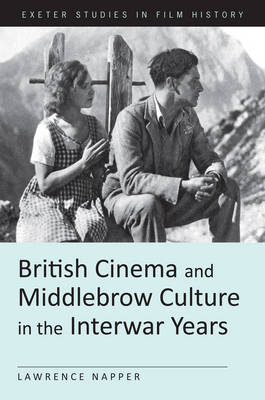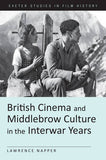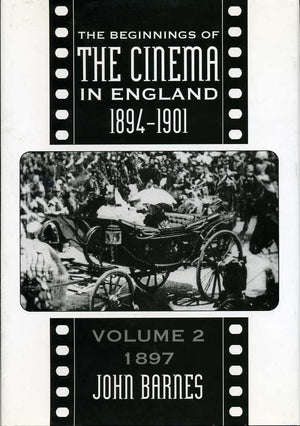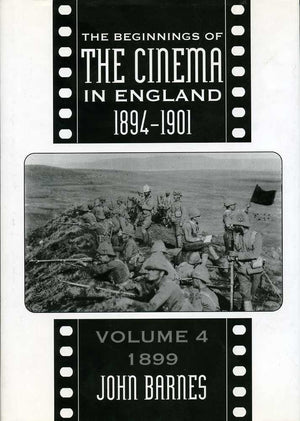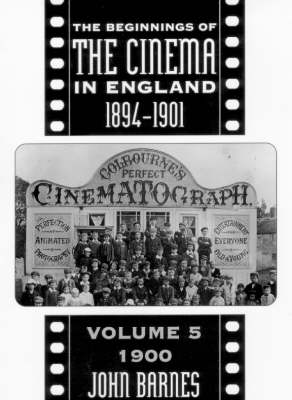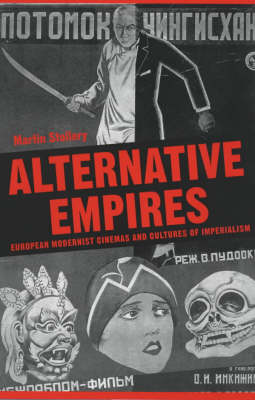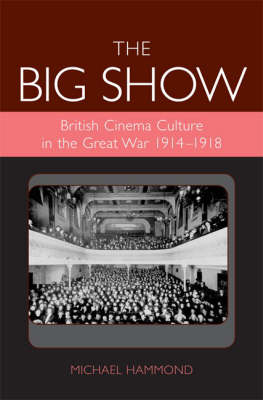University of Exeter Press
British Cinema and Middlebrow Culture in the Interwar Years
Couldn't load pickup availability
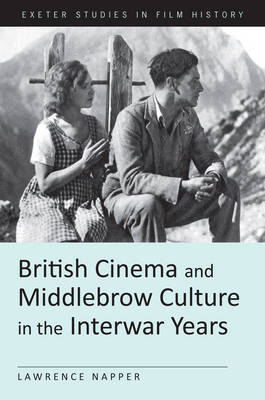
- 250 Pages
British Cinema and Middlebrow Culture in the Interwar Years offers an understanding of British Cinema between 1928 and 1939 through an analysis of the relationship between the British film industry and other ‘culture industries’ such as the radio, music recording, publishing and early television.
This relationship has been seen as a weakness of the British film-making tradition, but Lawrence Napper stages a re-appraisal of that tradition, arguing that it is part of a specific strategy of differentiation from Hollywood cinema, designed to appeal to the ‘middlebrow’ aesthetic of the most rapidly expanding audience of the period—the lower middle class.
Lawrence Napper argues that the ‘middlebrow’ reputation for aesthetic conservatism masks an audience and popular culture marked by dynamism. ‘Middlebrow’ texts addressed a British audience on the move, physically (into the new suburbs), socially (as upwardly mobile consumers), economically (employed in new and developing industries, and involved in new modes of living), and culturally (embracing new forms of mass cultural consumption, such as the cinema, the wireless and the best-selling novel). The ability of these audiences to adapt cultures of the past to the media of modern life (through stage or screen adaptations) ensured their negative reputation amongst Modernist commentators and intellectual elites.
This offers an understanding of British Cinema between 1928 and 1939 through an analysis of the relationship between the British film industry and other ‘culture industries’ such as the radio, music recording, publishing and early television.
‘Napper writes with both intelligence and vitality’ (Amy Sargeant, Modernism/Modernity vol. 17, no. 2: April 2010)
‘A cogent and scholarly intervention in an interesting ongoing historical debate. Exeter Studies in Film History, edited by Richard Maltby and Steve Neale for the University of Exeter Press, now comprises more than a dozen scholarly volumes re-thinking and re-evaluating what was for long the received history of the movies.’ (Ian Jarvie, Film History 22.3: 2010)
‘This is a diligently researched approach to the cultural debate, with much to recommend.’(Andrew Thomas Croft, Historical Journal of Film, Radio & TV, 31.1., 2011)
List of Illustrations
Preface and Acknowledgements
Introduction: The 'Middlebrow' Concept of the National: Music Hath Charms 1935
1. A Law for British Film: The Cinematography Films Act 1927
2. British Cinema, The Publishing Industry and the Mass Market: The Constant Nymph 1924-1928
3. The 'Middlebrow' Debate and Film: The Good Companions 1929-1933
4. New and Old Cultures: The Lambeth Walk 1937-1939
Conclusion: The Viability of National Cinema
Notes
Bibliography
Index







